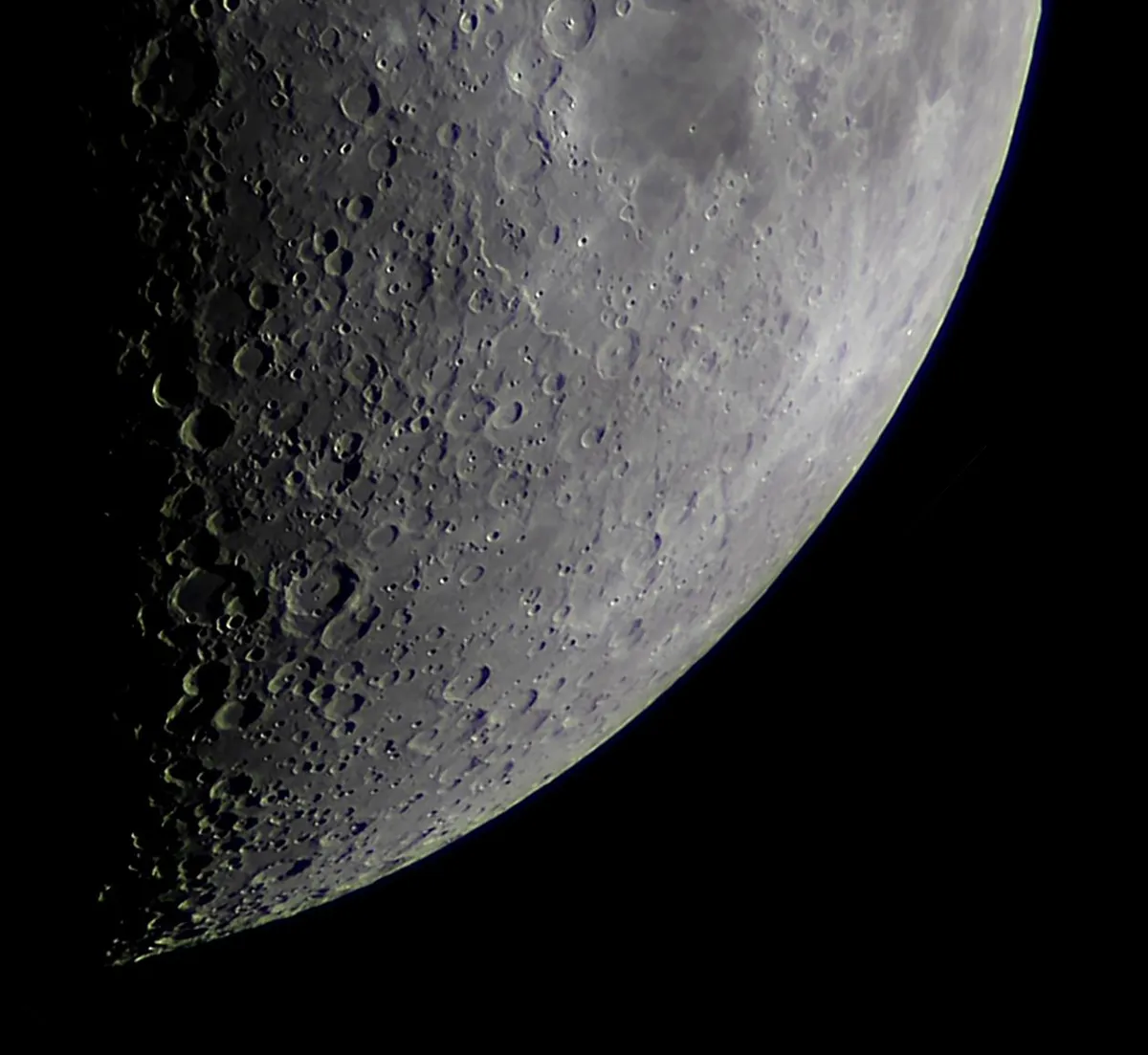The way the light from the Sun plays with features on the lunar surface is fascinating. When the light falls on areas of elevation or relief, shadows are created that give observers the impression they’re seeing amazingly pointed mountains, suspended illuminated arcs and immense canyons.
Some of this light produces patterns that are reminiscent of more modest fare.The Lunar X is one example, appearing as large letter X suspended against the lunar night.
Such creations are known as clair-obscur effects, literally ‘clear-dark’, referring to the play of light that tricks the eye into seeing something that isn’t really there.
Read our guides on how to observe the Moon and how to photograph the Moon

There are many clair-obscur effects visible on the Moon and most, like the Lunar X, are transient. To see them you have to observe within the short window when they are visible.
In the case of the Lunar X, it takes approximately 2.3 hours for the feature to form.
Low to medium magnification works best as this is less likely to emphasise the roughness created by smaller craters along the arms of the X.
Once formed, the X remains visible for about an hour, taking a further 70 minutes to fade back into the lunar surface as it slowly illuminates. In total, the observing window lasts for 4.5 hours.
Facts about the Lunar X
- Type: Clair-obscur effect
- Size: 65km (length of each ‘X’ diagonal)
- Longitude/Latitude: 1.1ºE, 25.1ºS
- Age: Between 3.9–4.6 billion years old
- Best time to see: First quarter (22 February, from 16:30 UT)
- Minimum observing equipment: 2-inch refractor

When to look for the Lunar X
The X is formed when portions of the rims of craters La Caille (68km wide), Blanchinus (68km) and Purbach (118km) catch the Sun’s light as the lunar dawn approaches.
There is an element of luck required to see it: the Moon obviously needs to be above the horizon during the visibility period and the weather needs to be kind.
It is often stated that the X is visible at the first quarter Moon phase but, being visible for such a short period, greater precision is necessary.

A more reliable quantity is a value known as the lunar co-longitude. This describes the position of the morning terminator in degrees measured west of the Moon’s central meridian.
The co-longitude is 0° at first quarter, 90° at full Moon, 180° at last quarter and 270° at new Moon. The X appears when the co-longitude value is at 358°.
Various programs and apps can provide this information, including the excellent freeware Virtual Lunar Atlas.
Look for the Lunar X at a point roughly one-third of the way up the terminator from the Moon’s southern limb. We’d suggest using a 2-inch refractor to see the Lunar X, but it should be visible using tripod-mounted binoculars.
Can you spot the Lunar V?

Once you've seen the Lunar X, move your view further north and see whether you can find another famous clair-obscur effect known as the lunar V.
This forms as elevated relief features close to the crater Ukert (23km) receive their first rays of sunlight from the approaching lunar dawn.
This guide originally appeared in the February 2018 issue of BBC Sky at Night Magazine.
